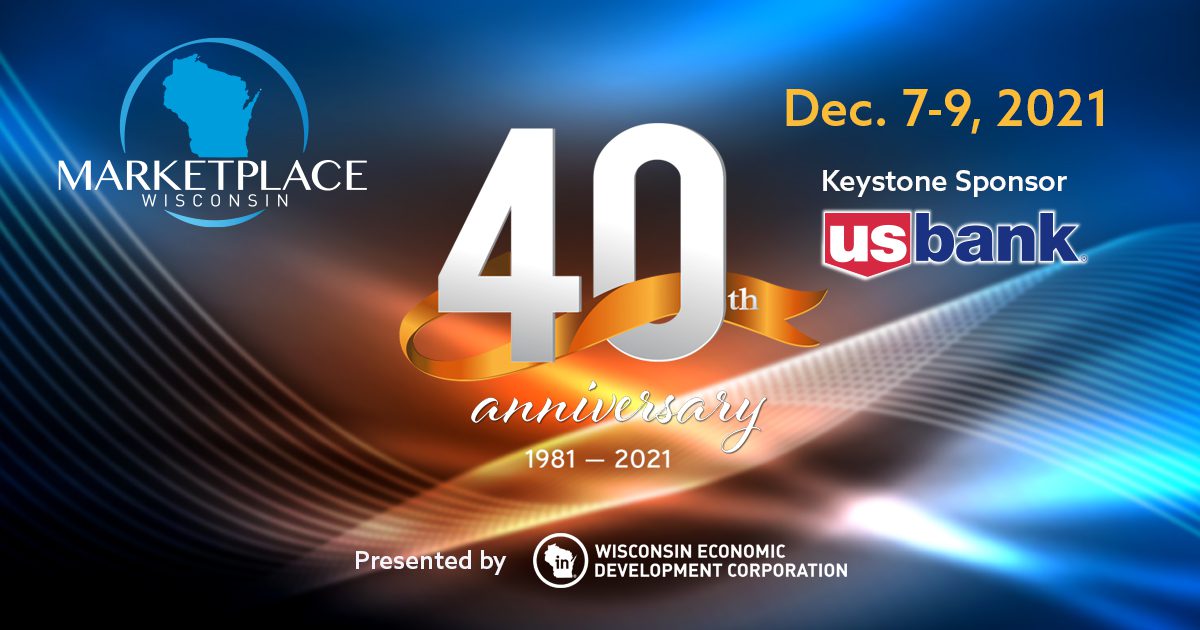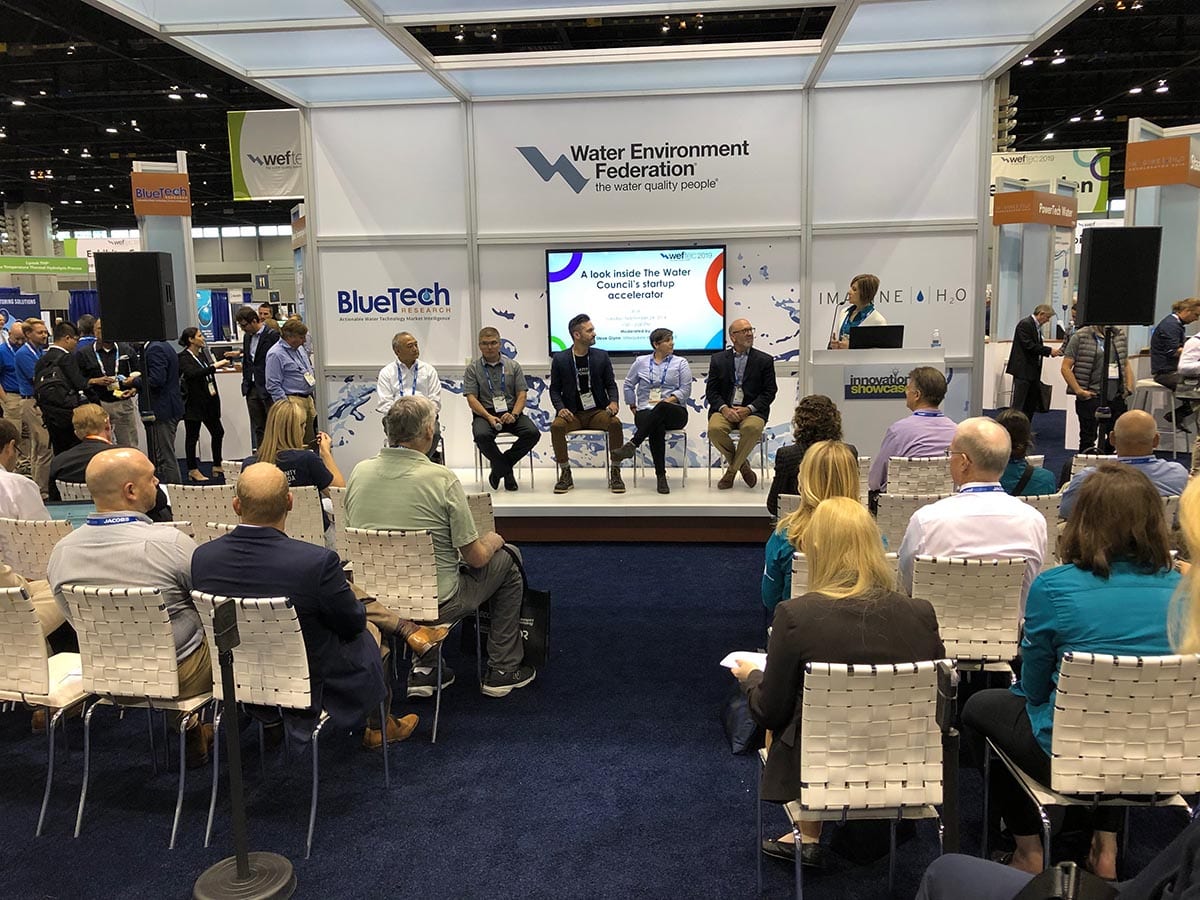
Implementing the AWS standard consists of a six-step process as depicted in this diagram.
When speaking about water challenges, water scarcity is the first issue that typically comes to mind—but the water-related challenges that loom in the coming years are actually much more complex, encompassing aging infrastructure, flooding, and unreliability or deterioration of the water supply, for example.
Yet for the most part, companies have regarded water as an input, paying attention to cost and availability, but not to how their water usage affects the broader ecosystem and communities.
The Alliance for Water Stewardship (AWS) seeks to change that. By developing a strategic framework that views water as not just an input but an asset to be stewarded, AWS encourages companies to take a holistic approach to identifying and mitigating all of their water-related risks both inside and outside their facilities. The standard developed by AWS provides concrete steps companies can take to ensure they are following best practices in water stewardship.
“Given population growth and heavy consumption by many business sectors, our water supply is more fragile than most people realize, and both the public and private sector share the responsibility for stewarding water resources for future generations,” says Matt Howard, North America director for AWS. “People might think water risk only exists in drought-prone areas, but the fact is that water risk is everywhere. Working with AWS and working toward adoption of its standard is not just a matter of corporate social responsibility; it’s a matter of ensuring secure and healthy water resources for the company and community.”
The AWS standard was a subject of discussion at the Water Environment Federation’s Technical Exhibition and Conference (WEFTEC) this week in New Orleans. As the official partner of AWS in North America, The Water Council is responsible for overseeing implementation of the AWS standard in North America, and Howard is based at the Global Water Center in Milwaukee.
Implementing the AWS standard consists of a six-step process: commitment; data gathering and processing; planning; implementation; evaluation; and communication and disclosure. Applying the standard requires looking beyond the company’s four walls and considering impacts to the surrounding watershed, both of water use and wastewater discharge. To implement the standard, companies must move beyond regulatory compliance and consider good water governance; sustainable water balance; water quality; and important water-related areas nearby. It is the only water-specific standard in the world.
“Compliance with the AWS standard is voluntary, but can help a company stand out as a leader in water stewardship,” says Howard. “Being certified to this standard means a company’s claims about its water stewardship have been verified by a third party, lending additional credibility.”
In all, AWS has more than 100 members, including some of the world’s largest water users, such as Nestle, Coca-Cola, BASF, Ecolab, Mars Inc., Merck, and Procter & Gamble. Only 21 sites around the world have been AWS certified, with 11 of these being in Canada and the U.S. MillerCoors Milwaukee Brewery and the Global Water Center, a water-focused research, office and collaboration space in Milwaukee, were the first brewery and commercial office building in the world to earn the AWS certification.
An estimated 150 additional sites are currently in the process of implementing the standard, with Howard playing a key role in supporting the North American sites in this group. He offers training on the standard throughout the year, and recently visited Calgary to offer the first-ever training in Canada in partnership with AWS member WaterSMART Solutions.
“We have been seeing increased interest in this standard as awareness of these issues build and more companies realize that responsible water management can provide a competitive advantage on the path to world-class water stewardship performance,” says Howard.
For more on the AWS standard, visit the AWS website or contact The Water Council.






